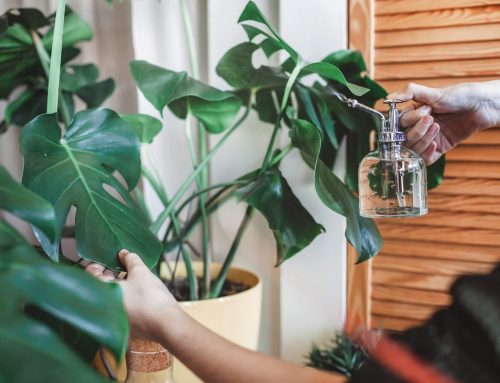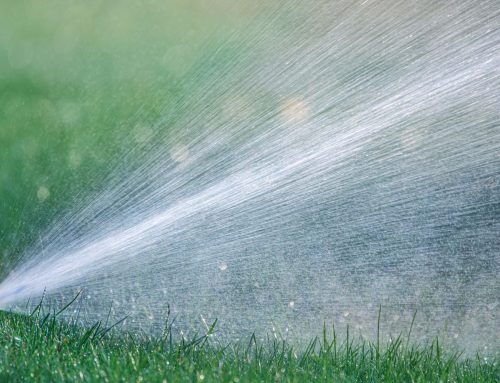There’s a lot more to consider when choosing the best irrigation system for your home than you might think. Taking time to research the proper landscape irrigation system for your lawn’s unique size and characteristics can ultimately save you time and water; while also helping you achieve the lush, green lawn of your dreams. Keep reading to learn more about the different landscape irrigation systems most commonly used and how to install a sprinkler system for your home.
What to Consider When Choosing Landscaping Irrigation for Your Home
You might not believe it but watering your lawn with a landscape irrigation system is more environmentally friendly than using a traditional hose. An irrigation system not only waters your lawn more uniformly but can also be programmed to water your grass at optimal times of the day. Some landscape irrigation systems come with rain sensors and seasonal adjustment programs that determine the right amount of water for your lawn. Before you begin looking at the different irrigation systems that are out there, you may want to ask yourself the following questions:
- What is my budget?
- Do I have a big backyard or a small one?
- What type of soil do I have?
- Am I good with technology?
- What’s my home’s water pressure?
Once you know the answers to these questions, you should be able to make a more informed decision about the type of irrigation system to install for your home.
Above Ground Irrigation System vs In-Ground Irrigation
There are two main types of irrigation systems you can use for your property: above ground irrigation systems and in-ground irrigation systems. In-ground systems connect to a waterline via underground pipes, whereas above ground irrigation systems hook up to a hose and sit on top of your lawn. The majority of sprinkler heads can be fitted to either type of system. The one exception is pop-up sprinklers which are exclusively for in-ground irrigation systems.
The pros of above ground irrigation systems are that they are easy to install and easily movable. The con is that you must take out and put away your hose every time you water or deal with an unsightly garden hose running through your lawn. The positive of in-ground sprinklers is that they are much more aesthetically pleasing than above ground systems and can reduce the chance of visitors or kids tripping and potentially hurting themselves. The negatives are that they are more expensive to install and difficult to remove.
If you want to try installing your above ground irrigation system, the simplest version is running a ¾-inch garden house from your outdoor spigot to a sprinkler head. You should be able to easily find a kink-proof garden hose or an expandable hose which shrinks when not in use. If you really want to keep maintenance low, you can also put a garden hose box outside to reduce the “eye sore” of having a garden hose running through your lawn.
If you are considering getting an in-ground system, you’ll need to work with an experienced landscaping team to ensure your system is installed correctly. At Cutters Edge, our team has decades of experience and can provide total landscape solutions for our clients. Contact us today to discuss your landscaping goals.





